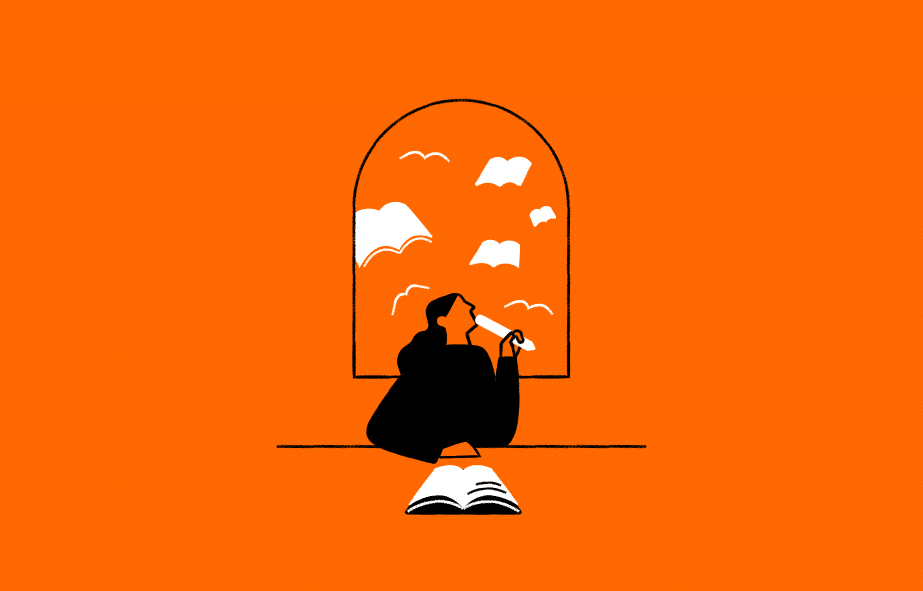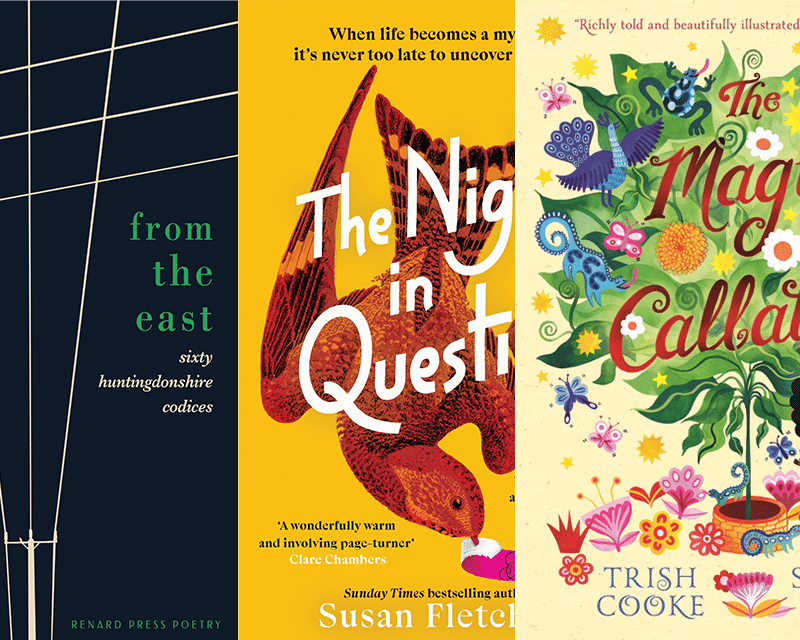- Collected
- Article
Are You Reel?
Getting close to Dickens

- 22 February, 2021
- Sally Kindberg
‘It’s the very collar he died in,’ said the tiny woman showing me round Charles Dickens’s holiday home in Broadstairs with a flourish. She indicated a fragile piece of grubby linen on display. It probably wasn’t Dickens’s collar, but I didn’t mind. At the time of my first visit many years ago, the crumbling interior of the house with its dark, shabby furnishings, assorted cobwebby memorabilia and damp-patched walls helped create a suitably convincing Dickensian atmosphere.
In the past, objects connected to religious or famous figures have often been venerated. Even if their provenance might be a bit doubtful, there was a belief that somehow the objects, by their association, held the possibility of some sort of empowerment or transformation. Nowadays an obsession with secular celebrity has become so extreme that a gold and ivory toothpick once owned by Dickens fetched over £5000 at a Bonhams auction in New York. Even I have to admit to possessing a badge said to contain a few strands of Elvis Presley’s hair, bought for a fiver – a snip – from a young woman on London’s South Bank who claimed she’d obtained the hair when visiting Graceland. The story alone was worth five pounds.
On subsequent day trips to Broadstairs and explorations of Bleak House, I became increasingly intrigued by its Dickens connections. His favourite seaside home was originally called Fort House, once the home of a sea fort captain in the time of the Napoleonic Wars. The house was later named after Bleak House, one of his most famous novels. At first Dickens stayed at other places in Broadstairs, including the Royal Albion Hotel, but eventually was delighted with Fort House, which then had woodland and meadows behind it. When he decided to spend holidays with his family in this clifftop house with its stunning views, Dickens used one of the rooms overlooking the English Channel as his study.
He worked by the window, and would have observed paddle-steamers coming and going from the Thames, delivering passengers, including his many guests, to this part of the Kent coast. He wrote frequently to his friends extolling Broadstairs, and mentions it in his magazine Household Words: ‘a quiet sea-beach becomes indeed a blessed spot. Half awake and half asleep, this idle morning in our sunny window on the edge of a chalk-cliff in the old-fashioned Watering Place to which we are a faithful resorter, we feel a lazy inclination to sketch its picture.’ Despite being on holiday, Dickens usually felt compelled to write, either by inclination or financial necessity or both.
Being able to overlook the Channel with its changeable weather and sea conditions, or walk down to Broadstairs’ tiny Viking Bay below, was inspirational to Dickens whilst working. In Claire Tomalin’s biography Charles Dickens: A Life (2011) she writes about his time at Fort House whilst working on David Copperfield: ‘He wanted to be close to the sea as he finished his book, and there he wrote the great storm scene, eight hours on one day, and six and a half the next’.
Location is always very important to Dickens. Much of Victorian London, for example, is defined for me by his explorations and observations of the city as much as by the characters he writes about. Indeed it seems as if Dickens transforms London into a character as complex and compelling as his own.
As a sometime flaneuse practising a bit of psycho-geography, I often include maps with written information and anecdotes about the people I encounter. In the past this was for newspapers, but more recently for children’s books, in particular one about exploring and drawing London. When I’m walking in Dickens’s footsteps, journeys through London still spring to life through his referencing buildings and obscure alleyways connected to his stories.
Bleak House, with its echoes of Dickens’s life and writing, resonated with echoes of his own character, although over the years the house has undergone many changes. Dickens’s study now has a bay window, most of the woodland has been chopped down, the former meadow is a carpark, and castellations decorate the parapets of a considerably altered building, with more additions in the early 1900s.
The elderly lady who showed me the collar has long since gone. The house has been refurbished, has suffered a mysterious fire, then re-invented itself as a wedding venue and B&B, with a ramshackle smugglers museum in its cellars. At the time of writing, Bleak House was closed, and advertised for sale at £2.4 million.
Two years previously during another day trip to Broadstairs, I’d decided to explore, and wandered through Bleak House’s garden, past a stone wall studded with seashells, up the garden steps to an empty room filled with tables set for tea. In the adjacent bar area, Dean Martin’s languorous voice could be heard coming from a hidden source. There were no guests to be seen. A lone bee buzzed over a vase of fresh flowers. The house décor is a bit bling, with chandeliers, a lot of gilt, swagged curtains and several badly painted portraits of Dickens. The place had the feel of an abandoned theatrical set, unconvincing in the bright afternoon light, waiting for characters to arrive.
Eventually I found an amiable man in the kitchens, who agreed I could see Dickens’s study for a fee of £2. He kindly showed me upstairs to Dickens’s study and left me there to look around. Sunlight bounced off the embossed scarlet wallpaper, hung with old photographs of Dickens and various printed items relating to his work. His wooden desk looked rather battered and well worn, the chair beside it with its studded red leather seat looking poised ready for authorial action. Had these really belonged to Dickens? His much grander (and authenticated) desk from Gad’s Hill Place, his final home, is now in London’s Dickens Museum at 48 Doughty Street, one of his many former residences. Presumably he had several desks, as Dickens, restless and curious about everything, seemed to find it difficult to settle anywhere for long periods of time.
I lifted the lid of the Bleak House desk and found a treasure trove of messages written on Post-It notes, backs of envelopes and torn corners of paper napkins. All were to Dickens. ‘Are you reel? asked one. ‘What football team do you support?’, ‘How old were you when you died?’, ‘Say hello to Pip old chap’, ‘You are such a lovly writter, I will come again soon’, are just a few of the messages left by visitors.
I like to imagine Dickens would have appreciated still having adoring fans so many years after his death. After all, he wasn’t just the most famous writer of his time, he was ‘The Inimitable’, a showman, an actor and a conjuror who could produce a cooked plum pudding from a top hat at parties, who transformed himself into ‘The Unparalled Necromancer, Rhia Rhama Rhoos’ whilst performing at an Isle of Wight theatre in the 1840s, and occasionally dabbled in hypnotism. Perhaps the Bleak House desk is a sort of portal to his fictional world, and if it’s a way of feeling close to an admired writer, perhaps it doesn’t really matter if it was his desk or not, because he’s still working his magic in the twenty-first century.
You might also like:
No facts, only versions
Memoirs are as much about what is excluded as what is included. This edition examines how you can evoke the…
RLF Fellows’ News: April 2024
Publishing News RLF Fellow Trish Cooke’s new children’s book, The Magic Callaloo, is set to be published by Walker Books…
Susan Fletcher on outsiders in fiction – literal and imagined
I’ve always known that I’ve preferred to be outside. To be an outsider – literally, and, specifically, amongst wild places…


